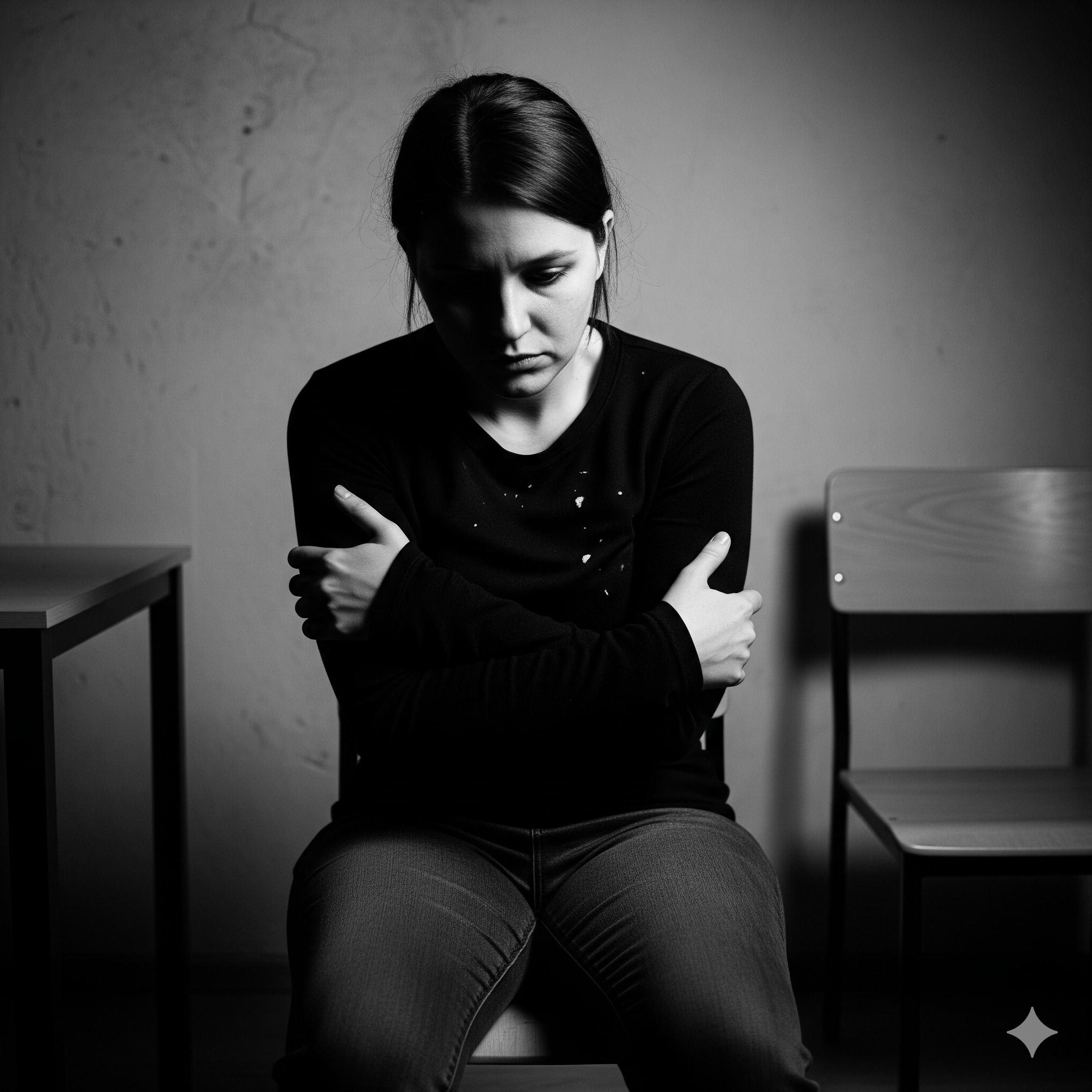Sexual abuse leaves deep and lasting wounds, but healing is possible. This piece explores the journey of recovery, offering insight, resources, and hope for survivors and their loved ones. The first time someone trusted me enough to share their story of sexual abuse, I didn’t know what to say. There were no words that could erase the pain or undo the trauma. But in the quiet that followed, I realized that sometimes presence is more powerful than solutions, that listening, without judgment or interruption, can be its own form of healing. Sexual abuse is not just a violation of the body; it is a theft of safety, trust, and often, self-worth. The journey to reclaim these is neither linear nor easy, but it is possible.
Survivors of sexual abuse often describe the aftermath as living in a world that has fundamentally shifted. Everyday sounds, smells, or touches can become triggers, unexpected portals back to moments of powerlessness and fear. In the early days and weeks, the focus is often on survival: getting through the day, managing panic attacks, navigating medical and legal systems that can feel cold and retraumatizing. It’s a time of profound disorientation, where the self can feel fractured, and the future can seem impossibly dim.
One of the most insidious impacts of sexual abuse is the way it distorts a person’s relationship with their own body. Many survivors describe feeling disconnected or betrayed by their physical selves, as if their body is no longer their own. Healing often involves slowly, gently rebuilding that connection. This can take many forms: therapy that focuses on somatic experiencing, practices like yoga or meditation that encourage mindful presence, or creative expression through art or writing. These approaches don’t erase what happened, but they can help survivors rediscover a sense of agency and ownership.
The emotional toll extends far beyond the initial trauma. Survivors may struggle with intense feelings of shame, guilt, and self-blame, even when they know intellectually that the abuse was not their fault. These emotions are often compounded by societal attitudes that question or minimize their experiences. I’ve sat with survivors who were asked what they were wearing, why they didn’t fight back, or why they waited to report. These questions imply that they share responsibility for the violence committed against them, a cruel and false narrative that can deepen the wounds of abuse.
Relationships can become complex terrain. Trust—in others, in institutions, in oneself is often shattered. Some survivors withdraw from intimacy altogether, fearing vulnerability. Others may engage in risky behaviors, reenacting dynamics of harm in an unconscious effort to regain control. Healing usually involves learning to set boundaries, recognize red flags, and gradually rebuild the capacity for safe, healthy connection. This process is slow, and it requires patience from both survivors and their support networks.
Legal and medical systems, though intended to help, can sometimes cause additional harm. The process of reporting abuse and navigating court proceedings can feel like being violated again, this time by bureaucracy and skepticism. Medical exams, while necessary, can trigger memories of the abuse. That’s why it’s crucial to have advocates, trained professionals who can accompany survivors through these processes, offering emotional support and helping them assert their rights and preferences.
Recovery is not about returning to who you were before the abuse. That person is gone, irrevocably changed by the experience. Instead, healing is about integration—acknowledging the trauma as part of your history without allowing it to define your entire identity. It’s about discovering strength you didn’t know you had, and crafting a new sense of self that encompasses both the pain and the resilience that followed.

Supporting a survivor requires humility and compassion. It’s not about fixing them or pushing them to move faster than they can. It’s about offering steady, unwavering presence, listening when they want to talk, sitting in silence when they don’t, and respecting their choices even when you don’t understand them. It’s about remembering that they are the experts on their own experience, and your role is to believe them, affirm them, and walk alongside them at their pace.
There is no timeline for healing. Some days will feel like progress; others will feel like regression. Triggers may emerge years later, sparked by a smell, a sound, or a headline. But over time, the intense, all-consuming grip of trauma often loosens. Flashbacks may become less frequent. Nights become easier to sleep through. Joy, when it comes, feels less like a betrayal and more like a gift.
If you are a survivor, please know this: your pain is valid. Your feelings are understandable. You are not broken, and you are not alone. Healing may be the hardest work you ever do, but it is also the most sacred. It is the process of reclaiming your voice, your body, and your life, not as they were, but as they are now: scarred, perhaps, but still beautiful, still worthy, still entirely yours.
References
Pirri, T. (2025, April 30). Healing from sexual abuse: 5 empowering steps in 2025. Hope for the Journey. https://hopeforthejourney.org/healing-from-sexual-abuse
Charlie Health. (2025, August 26). What is the best sexual trauma therapy for survivors? https://www.charliehealth.com/post/what-is-the-best-therapy-for-sexual-assault-victims
National Sexual Violence Resource Center. (2023). A survivor’s guide to understanding therapeutic healing pathways. https://www.nsvrc.org/saam/2023/blogs/therapy
MedicalNewsToday. (n.d.). Sexual abuse: Healing and recovery. https://www.medicalnewstoday.com/articles/healing-from-sexual-abuse
HelpGuide.org. (2025, August 14). Recovering from rape and sexual trauma. https://www.helpguide.org/mental-health/ptsd-trauma/recovering-from-rape-and-sexual-trauma

